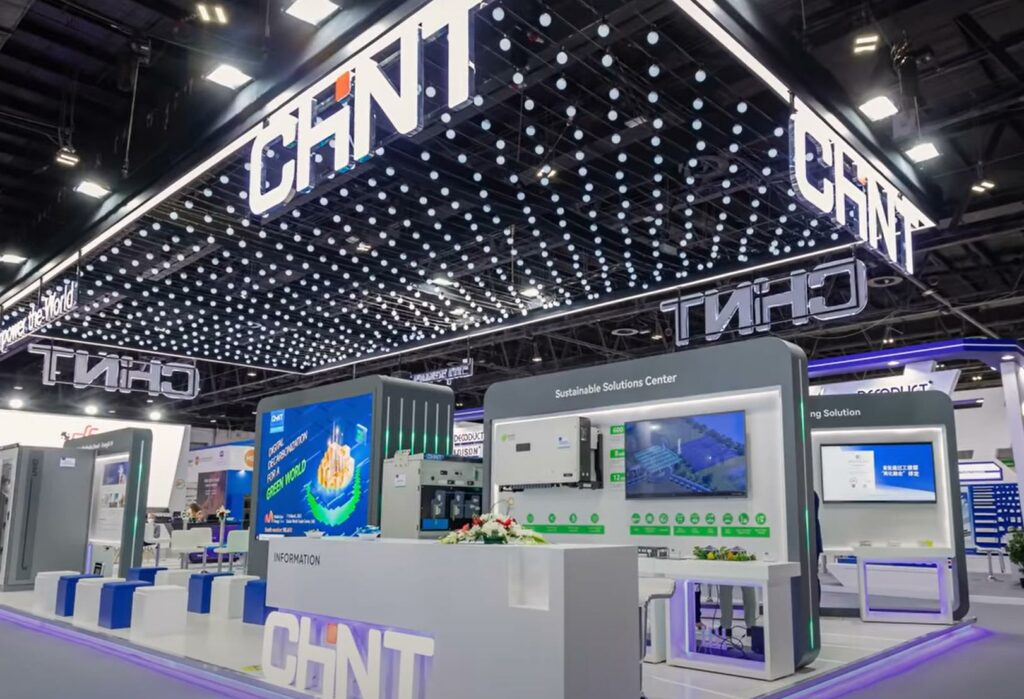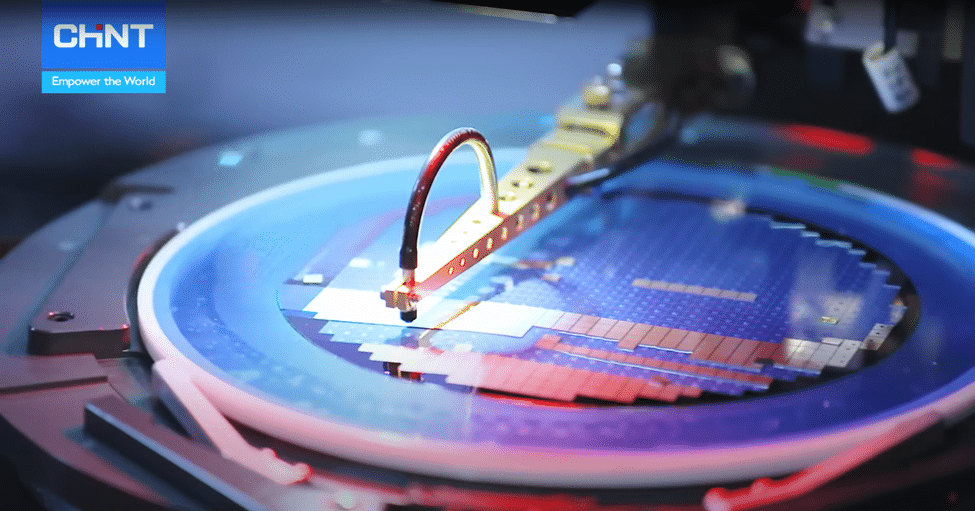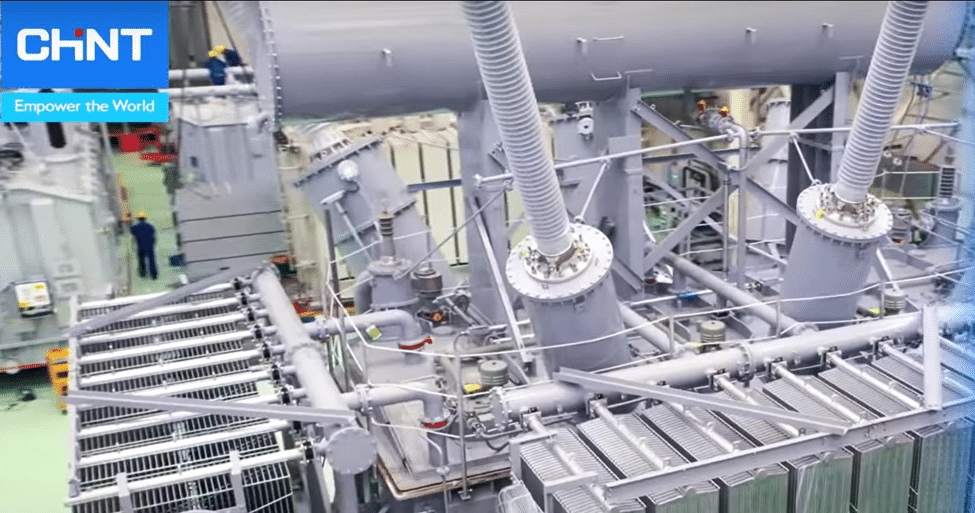Table of Contents
We’ve come a long way (140 years, to be precise) since the invention of power cables at the hands of one of Earth’s most prolific inventors, Thomas Edison.
Our journey began with copper rods wrapped in jute (sturdy vegetal fibers from an Asian plant). Both elements were later placed in rigged pipes filled with a bituminous compound (which provided durability and waterproof protection). Since then, we’ve seen the evolution of electric cables with vulcanized rubber insulation, armored cables, aluminum wires, 2-wire-PVCs, and ultimately 3-wire-PVCs (the latest trend).
Despite the extensive literature and ubiquitous usage, there are still several misconceptions and lesser-known facts about power cables, five of which we’re going to see up next:
1. Conductivity - Copper Is Not Always Better Than Aluminum
Most people regard copper as the conductivity champion, and, in most cases, they’d be correct! Copper wiring has a highly efficient heat and electricity conductivity – thanks to its high amount of free electrons. Aluminum wires came as a cheaper alternative in the ’60s and ’70s. Sadly, their performance and public acceptance didn’t stick, quickly becoming forgotten.
While copper has a conductivity index of 58.7, aluminum is no wimp itself, with a 36.9 conductivity index. Besides, a bare aluminum wire weighs only half as much as a bare copper wire. Lastly, since aluminum has one the highest recycling rates, it’s much more available and considerably cheaper than copper.
Aluminum wiring excels at production processes (for its increased flexibility and resistivity) and over long-distance projects (for being lightweight, more malleable, and inexpensive).
2. Current Carrying Capacity - Electrical Cables Do Not Deliver Stable Performance Over Time
We can define the current-carrying capacity of a conductor as the total amperage it can tolerate before melting either the insulation or the conductor itself. Despite what some may say, electrical cables cannot possibly deliver the same current-carrying capacity forever. Like everything in life, power cables also suffer from material decay, and some external factors that can speed up this rate are:
- Section Area: according to physics, the larger the circular area on a conductor, the higher the current-carrying capacity.
- Temperature: hotter environments will reach max temperature upon the insulation faster than colder environments.
- Conductors: the higher the number of conductors bundled together, the lower the heat dissipation ratio.
- Installation: different installation methods (ducts, trays, conduits, and raceways) can restrict the heat dissipation ratio. You can override this problem by applying forced-air cooling systems and ventilation methods.
3. Durability - New Power Cables Don't Last As Long As You'd Expect
Although this might sound like something we could blame manufacturers for, we assure you that in most cases, it’s not. Power cables go through several highly rigorous tests and quality checks to reach the commercial shelves. That being said, it’s pretty common to hear that power cables don’t last as much as people would like them to, but we can show you why:
- First of all, not all manufacturers think alike. Tech specs on power cables will remain accurate for the longest time, provided they’re used under the tested circumstances.
- Secondly, not all power cables are the same. If you’re trying to use underwhelmingly built power cables for your large-scale project, then it’s no wonder they don’t last. Not to mention the possibility of accidents.
- Lastly, installation is king. You could have a market-leading brand and a properly-sized project with all the appropriate power cables. But, under a poorly-done installation, none of those factors will matter.
4. Damage Protection - Cable Armors Do Not Protect Against Physical Impacts
Cable armors, also known as SWA (steel-wired armored) cables, were built for main-grid electricity supply usage, particularly for underground installations, cable and power networks, tunnels, and ducts. These armors increase a cable’s tensile strength (amount of force and stress a material can endure in combination with how much it can be stretched without deforming or breaking).
They do not, however, protect against physical impacts of all kinds in all scenarios. If used under the wrong conditions, cable armors can damage the cable’s integrity under enough stress or pressure.
5. Moisture Protection - Cable Armors Do Not Protect From Moisture
As previously mentioned, cable armors are meant to increase the tensile strength of a material. Try as they might, armors can never protect your wires against prolonged exposure to moisture. Excess humidity will inevitably damage the armor, leaving cables unprotected and vulnerable to the elements.
If your project requires protection against moisture or water immersion, there are other types of cables and protective jacketing options.

CHINT Power Cables
Power cable selection is a delicate task, given that the installation relies entirely on the most efficient choices for the job. CHINT Power Cables offer a wide selection of options to accommodate all sorts of projects – all of which are up to the highest quality standards in the industry.
Widely speaking, CHINT offers more than 20 different models made of either aluminum or copper conductors. The most important features are as follows:
- Four levels of flame-retardant builds
- Code N fire-resistant
- XLPE (Cross-Linked Polyethylene) insulation
- PVC sheath
- Polyolefin or Polyethylene inner-sheath
- Three levels of cable armors
- PVC or Polyethylene outer coverings
Rated voltage comes in a wide range from 0.6/1.0kV to 26/35kV. Under normal circumstances, the max temperature of the conductor can reach 90℃, and under short-circuit scenarios (of no more than 5 seconds) max temperature can reach 250℃. There is also a minimum surrounding temperature of 0℃.
6.2 CHINT Concentric Conductor Power Cable
These concentric conductor power cables are more suitable for energy transmissions of 0.6kV/1.0kV or less. These cables offer strong resistance against electromagnetic interference and thunder strikes, plus zero-sequence impedance for an improved power supply.
Most features are equal to those offered by CHINT Power Cables, with a few exceptions regarding max operating temperatures and insulation types:
- Long-term for XLPE: 90℃
- Long-term for PVC: 70℃
- Short-circuit exposure for XLPE: 250℃
- Short-circuit exposure for PVC: 160℃
Worthy of note, short-circuit exposure must not exceed 5 seconds.
Conclusion
A well-done installation will speak marvels about your job while guaranteeing you won’t have any headaches or unnecessary customer complaints for the years to come.
Combine your high-level skills with market-leading products, such as the CHINT Power Cables and the CHINT Concentric Conductor Power Cables. As a result, you’ll become a champion in closing deals, all while having returning customers all year long.
Safety first (at all times), combined with customer satisfaction, will become the pillars of your business model.
Recommend Reading

The Ultimate Guide to the Time Relay
Table of Contents The time relay is a helpful device that can be used for various purposes in the world of electricity. It is the perfect way

What Is Power Factor Correction and Why Is It Necessary
Table of Contents All the electrical equipment consumes power while operating. That power is real power. However, there is also reactive power. But the reactive








